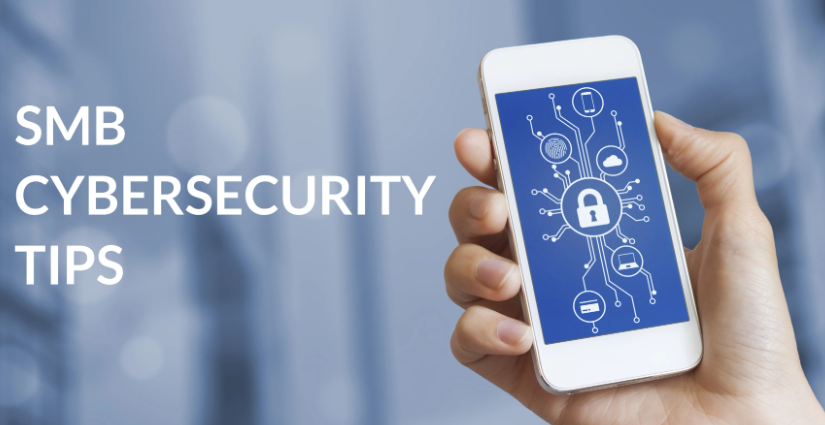
In an article by The Small Business Innovation Research (SBIR), Dr. Jane LeClair – COO at The National Cybersecurity Institute states that “Fifty percent of small to medium-sized businesses (SMB) have been the victims of cyber attack and over 60% of those attacked go out of business.” In today’s digital age, small and medium-sized businesses (SMBs) face increasingly sophisticated cyber threats. While large enterprises often have extensive resources to combat these threats, SMBs must implement robust cybersecurity measures. Here are five essential cybersecurity practices that every SMB should implement to protect their data, systems, and reputation.
Multi-factor Authentication
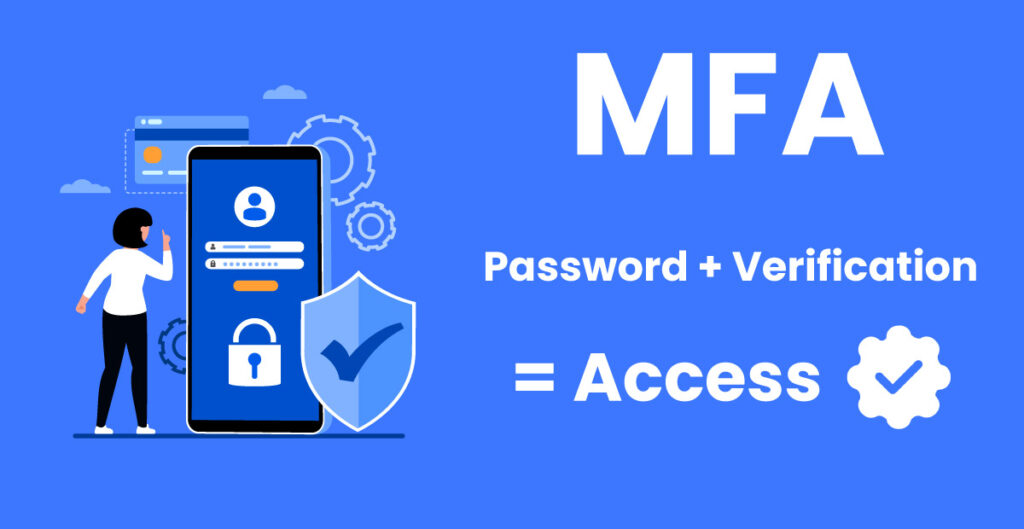
Multi-factor authentication (MFA) adds an extra layer of security by requiring users to provide two or more verification factors to access accounts or systems. This significantly reduces the risk of unauthorized access due to compromised passwords. Utilize MFA for all critical systems, including email, cloud storage, and administrative accounts.
Advanced Threat Protection
Advanced Threat Protection (ATP) solutions help detect and mitigate sophisticated cyber threats like malware, ransomware, and phishing attacks. ATP provides real-time threat intelligence and automated responses to potential security breaches.
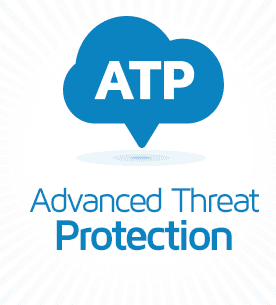
Endpoint Detection & Response
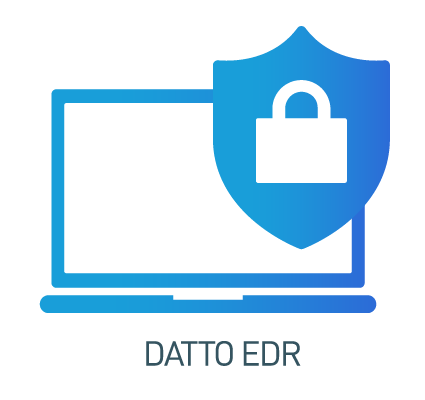
Endpoint Detection & Response (EDR) solutions focus on monitoring and protecting endpoints like laptops, desktops, and mobile devices. EDR helps detect and respond to threats that bypass traditional antivirus software.
Security Awareness Training
Human error remains one of the leading causes of security breaches. Security Awareness Training educates employees about recognizing and responding to common threats, like phishing scams and social engineering attacks. Contact CatchMark to assist you with Security Awareness Training.
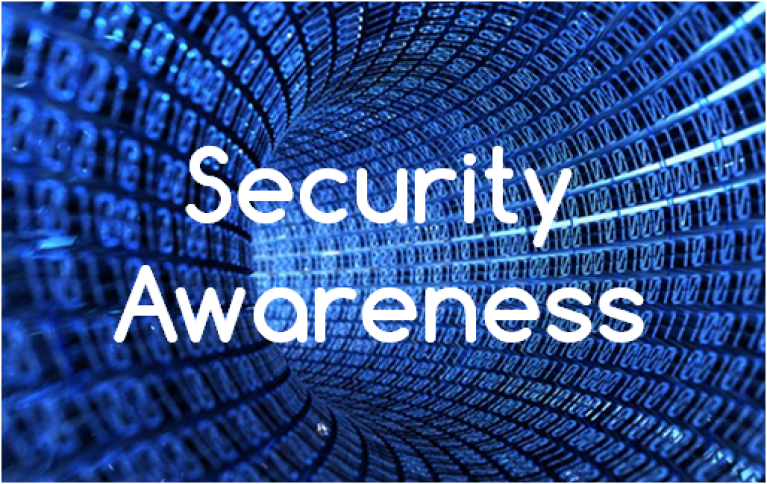
Segregated Backups
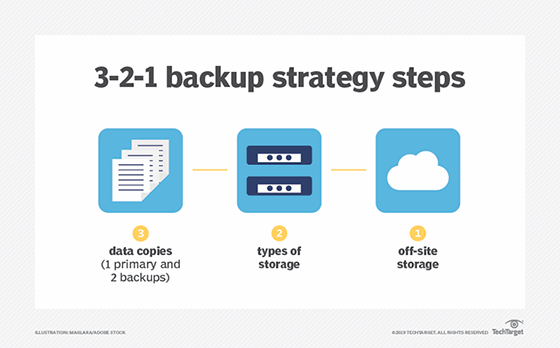
Segregated backups involve storing backup copies of critical data in separate, isolated environments. This practice ensures that data remains accessible and recoverable even if the primary systems are compromised by ransomware or other attacks. Implement a 3-2-1 backup strategy: three copies of data, on two different media types, with one copy stored offsite or offline.
Summary
For SMBs, implementing robust cybersecurity measures is not just a best practice but a necessity. By incorporating Multi-Factor Authentication, Advanced Threat Protection, Endpoint Detection & Response, Security Awareness Training, and Segregated Backups, SMBs can significantly enhance their defense against cyber threats. These measures protect valuable data and systems and build trust with customers and partners, ensuring long-term business success. These are the minimum things that SMBs should have in place. Contact CatchMark for more information and assistance in implementing cybersecurity best practices for your business.
